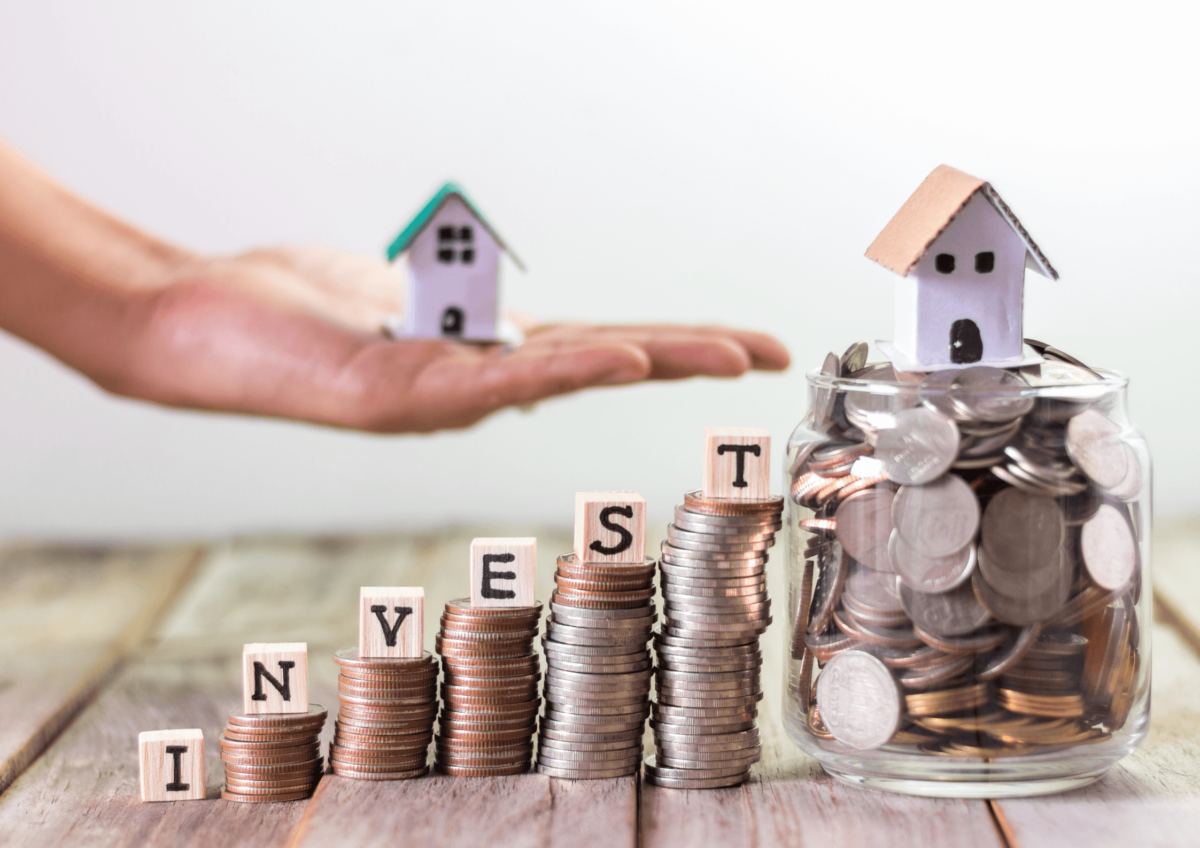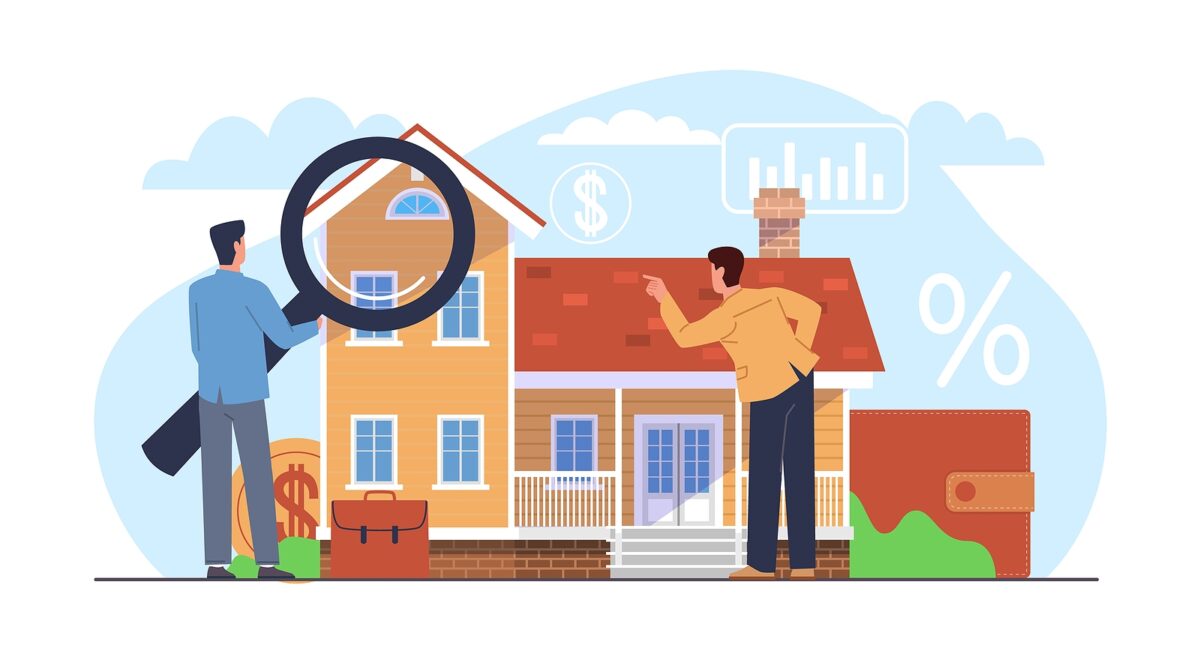Thinking about building long-term wealth? You’re not alone. More Americans are turning to investing in real estate as a strategic way to create passive income. According to the Federal Reserve, U.S. households hold more than $41 trillion in real estate wealth, and rental demand continues to rise across major cities and suburban markets. In this guide, we’ll walk through the smartest way to get started, how to lower your risk, and which entry-level strategies make the most sense for first-time investors.
Start Small with House Hacking or a Single-Family Rental
You don’t need to buy a massive apartment building to become an investor. In fact, one of the most affordable approaches is house hacking: purchasing a duplex, triplex, or even a single-family home with a rentable basement or ADU. By living in one unit and renting the other, your tenant helps pay down your mortgage while you build equity.

According to Zillow data, the average U.S. rent is now $2,050 per month, making rental income a powerful tool for offsetting expenses. If you’re not ready for shared walls, a traditional single-family rental can be just as effective. Look for areas with job growth, strong school districts, and low vacancy rates. Cities like Tampa, Raleigh, and Indianapolis ranked among the top rental markets due to high demand and reasonable entry prices.
Use Today’s Financing Options to Your Advantage
Many new investors assume they need stacks of cash, but that’s no longer true. Conventional loans, FHA loans, and even VA loans can be used when investing in real estate, especially if you plan to live in the property first. Some lenders allow down payments as low as 3 to 5 percent for owner-occupied properties, which opens the door to first-timers who are willing to live in their investment before converting it fully to a rental.
If you prefer more flexibility, consider DSCR loans (Debt Service Coverage Ratio loans), which qualify you based on the property’s rental income, not your personal income. These loans are popular among investors who have good cash flow but nontraditional tax returns. Another emerging option is fractional investing platforms like Fundrise or Arrived Homes, which allow you to buy shares of rental properties for as little as $100. While returns may be smaller, they’re a low-risk way to learn the ropes before taking on full ownership.
Focus on Cash Flow Over Appreciation
When investing in real estate for the first time, it’s easy to get excited about markets with fast-rising home values. But appreciation is never guaranteed. What you should prioritize instead is positive cash flow, the money left after expenses like mortgage payments, insurance, taxes, and maintenance.
A good investment typically yields a 6 to 10 percent annual return on cash, depending on the market. Websites like Rentometer and BiggerPockets offer free calculators to estimate your potential profits before you buy. Stick to properties that meet or exceed your minimum return requirement. Even if values fluctuate, steady rental income will keep you financially secure.
To protect your investment, set aside at least 10 percent of your monthly rent for repairs and future upgrades. Building a cushion helps you avoid stress when unexpected costs arise because, at some point, they will.
Final Thoughts
Investing in real estate doesn’t have to be overwhelming. Start with one manageable property, use smart financing, and focus on long-term cash flow. With the right approach, your first rental can become the launchpad for financial freedom.

















